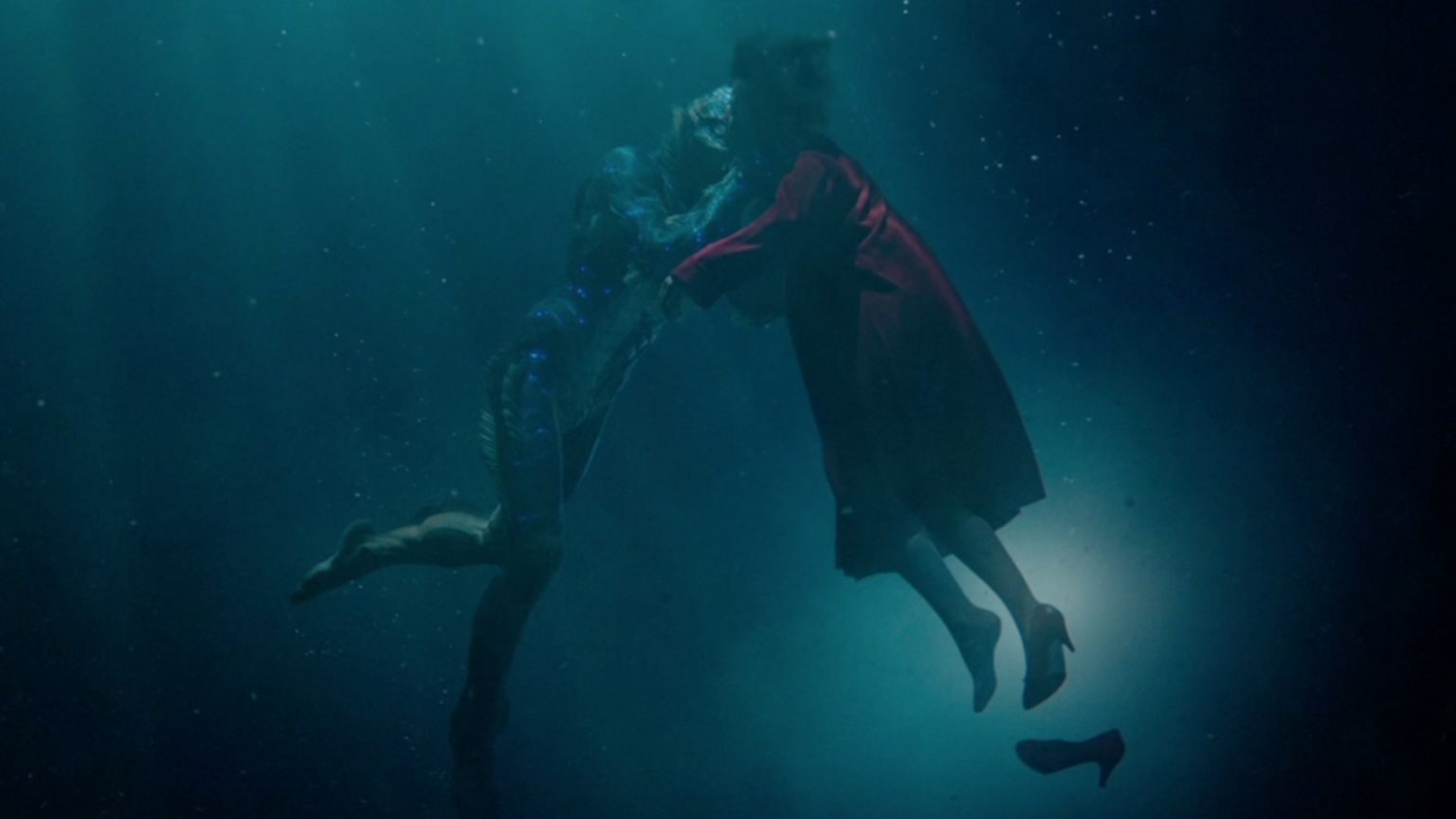A little over halfway through Call Me By Your Name, directed by Luca Guadagnino, Elio (Timothée Chalamet) jumps into the arms of Oliver (Armie Hammer) in a passionate display of desire that has built up over the course of the film. It’s these displays of passion that are the film’s greatest strength. Audiences have seen romantic coming-of-age stories thousands of times, but Elio and Oliver’s story is memorable because of how deliberately the film tries to capture what is, arguably, universal in every romance: sensuality and heartbreak.
On the other hand, Guillermo Del Toro’s The Shape of Water approaches the romance between Elisa (Sally Hawkins) and the amphibian man (Doug Jones) with a sense of whimsy. Through the film’s sense of magical realism, humour and absurdity, The Shape of Water embody the other universal emotions often found in romance: happiness and wonder.
Effective romantic storytelling is tasked with the difficulty of overcoming pop culture’s oversaturated perception of love as simply a story of a boy meets a girl. Perhaps it is not surprising then that both Call Me By Your Name and The Shape of Water adhere to certain genre conventions. Structurally, both films follow the progression of meeting, falling in love, facing internal or external challenges, and, finally, the resolution between the characters to either stay together or say goodbye. Both films emphasize communication as a source of conflict for the newly-formed couples, a testament to the fact that all romance necessitates the ability to express one’s feelings to another.
In The Shape of Water, Elisa is mute, and the amphibian man isn’t even human. Yet, the pair find themselves quickly learning how to communicate, express their desires, and show their love to and with each other. They manage all of this without speaking, which is perhaps the first deviation from genre norms that The Shape of Water undertakes. Despite this divergence from genre norms, each early interaction between Elisa and the amphibian man involves an acute and light-hearted tone that feels very much in line with a typical romantic comedy.
Call Me By Your Name is much more engaged with the internal conflict that stems from the struggle to communicate. Initially, Elio and Oliver can’t do much beyond orbit one other. Both men struggle with the validity of their feelings and their fears of rejection. This is compounded by the nonchalance with which Oliver treats Elio, who is just beginning to understand his sexuality when Oliver arrives on the scene. It is this tension–the push and pulls between Oliver and Elio’s inability to communicate their feelings to each other–that brings the first elements of heartbreak to the foreground. In what would be a confessional sequence in any other lighthearted romantic film, Elio and Oliver instead part ways on opposite sides of a WWI monument, effectively dancing around the subject of their mutual attraction.
Call Me By Your Name emphasizes the failures of communication, whereas The Shape of Water is much more concerned with overcoming the barriers to communication. The films further diverge with Call Me By Your Name’s emphasis on sensuality, and The Shape of Water’s emphasis on the joy of falling in love.
Both films contain sex scenes and sensuality, but Call Me By Your Name truly dives into it through Elio and Oliver’s pursuit of pleasure in all forms. There are countless examples of sensual imagery: eating and picking fruit, the curved and naked statues unearthed by Elio’s professor father, and the constantly half-naked bodies of Elio and Oliver themselves. Where Del Toro is unconcerned with making sensuality into anything more than a natural occurrence, Guadagnino obsesses in capturing all the elements of sensuality in nature, art and between two people in love. It is perhaps the intensity with which Elio and Oliver finally approach each other that makes their romance doomed to burn out.
In The Shape of Water, Del Toro keeps the camera on Elisa as she is either with the amphibian man or talking about him to others. Her face bursts with joy as she prepares to fill her bathroom with water to swim with him. And the moment of purest joy, both for Elisa and the audience, is when she imagines a world in which she can sing and dance with him. Elisa is accepted for who she is by the amphibian man and, maybe for the first time, she feels beautiful and worthy of love. In Del Toro’s world, true happiness is born out of the ability to connect and understand each other.
It is the job of the filmmaker to capture the essence of romance as it exists in real life. While certain facets remain conventional and necessary, like conflict through the inability to communicate, The Shape of Water and Call Me By Your Name illustrate how true romance defies convention.
Check out more of Fandor’s ode to Valentine’s Day with articles and videos all about the love of movies:
The Birth of the Romantic Comedy
Five Fabulous Movies to Celebrate Valentine’s Day
And find more from Doug Jones right here on Fandor.





